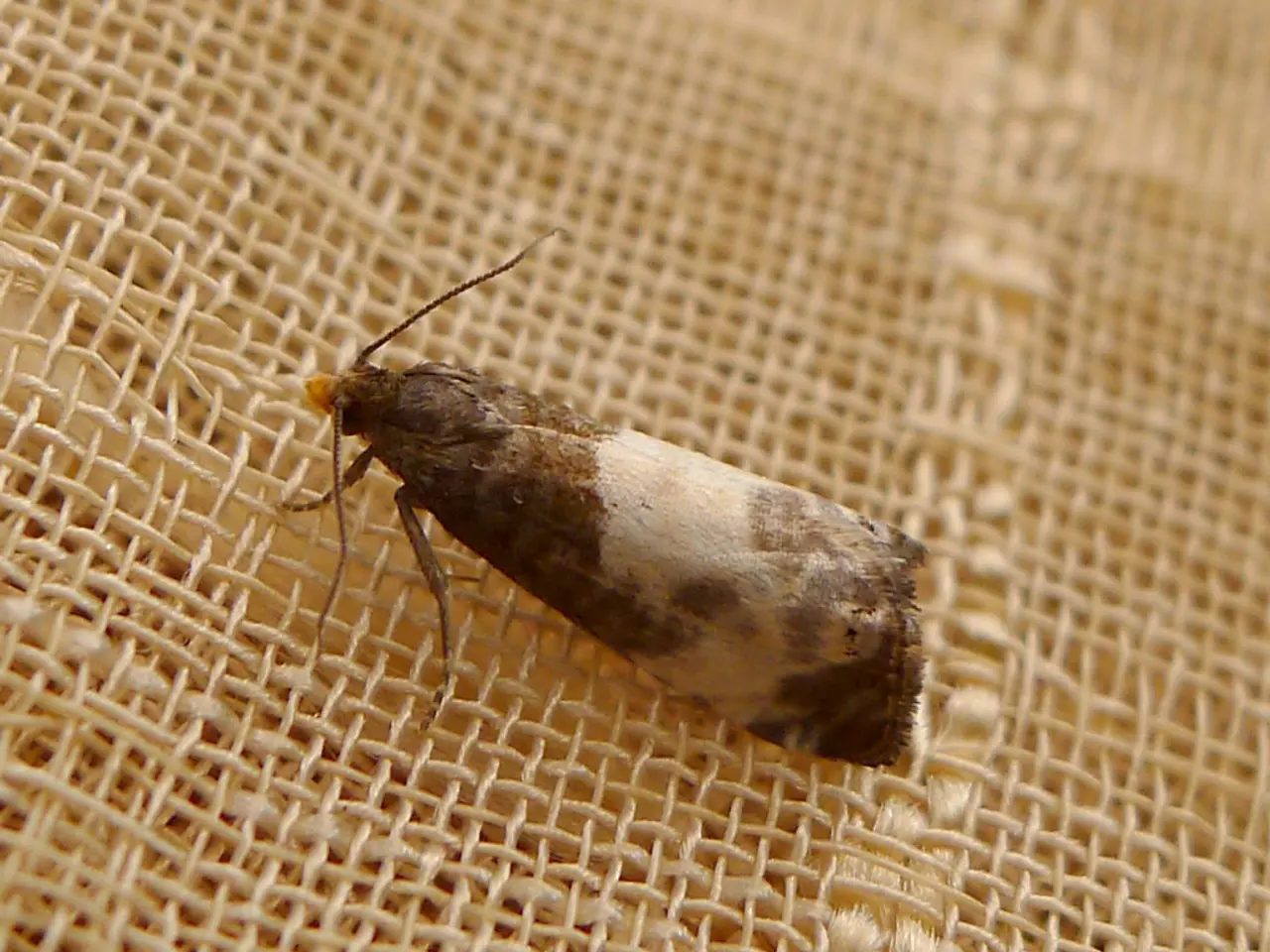Uncovering the Pathways: Causes, Avoidance Strategies, and Remedies for Scabies
Scabies is a common skin condition that causes intense itching and a rash of raised bumps, potentially including blisters and scales. The human itch mite, or Sarcoptes scabiei var. hominis, is the microscopic parasite responsible for scabies.
This mite primarily spreads through direct skin-to-skin contact, especially prolonged and intimate contact such as sexual activity. It can also spread via fomites—objects like clothing, bedding, or towels—because the mites can survive for more than 2 days outside the human body.
If one person in a household has scabies, everyone in the household should seek diagnosis and treatment, as well as any sexual partners. It's crucial to treat all affected individuals simultaneously to prevent reinfestation.
Recommended treatment for scabies includes:
- Topical acaricides, such as permethrin cream or benzyl benzoate lotion, applied thoroughly over the entire body for the prescribed duration. These are effective if correctly used on all affected areas.
- Oral ivermectin, an antiparasitic medication, is also widely used, particularly in mass drug administration during outbreaks or for patients who cannot tolerate topical treatments. Ivermectin facilitates better compliance and is effective as a single or repeated dose.
Adults should apply the scabies medication from the neck down, taking special care with feet, toes, hands, and fingers. Infants and children require application to the head and neck. The duration for which the medication should be left on the skin varies according to the instructions. Sometimes, it may need to be left on overnight.
In young children and infants, common sites for scabies include the soles, palms, head, face, and neck. People with a compromised immune system can develop a version of the condition known as crusted scabies or Norwegian scabies, which is more severe and spreads to other people more easily.
Addressing fomites by washing clothing and bedding is also critical. All clothing, bedding, towels, blankets, and bedding in the household should be washed in the hottest water possible and dried on the hot cycle or dry-cleaned. If an item cannot be washed, dried, or disinfected, it should be placed in a plastic bag, sealed, or set aside to prevent contact.
Fumigation is not necessary for treating scabies in a living space. Scabies can spread more easily in crowded, close quarters, such as child care centers, nursing homes, and prisons. To prevent the spread, it's essential to practice good hygiene and avoid sharing personal items.
Scratching the rash can sometimes lead to infection. It's important to resist the urge to scratch and keep nails short. In some cases, additional treatment for itching, swelling, discoloration, and skin infections caused by scabies may be necessary. This may include antihistamines, topical anesthetics, steroids, or antibiotics.
Scabies can go undetected for up to 6 weeks before symptoms appear. If you suspect you have scabies, it's essential to seek medical attention promptly to prevent the spread to others. Pets and animals cannot spread scabies.
In conclusion, understanding the causes, treatment, and prevention of scabies is crucial to maintaining good health and hygiene. By practicing good hygiene, seeking prompt medical attention, and following treatment guidelines, you can effectively manage and prevent the spread of this common skin condition.
[1] World Health Organization. (2019). Scabies. Retrieved from https://www.who.int/news-room/fact-sheets/detail/scabies
[2] Centers for Disease Control and Prevention. (2021). Scabies. Retrieved from https://www.cdc.gov/parasites/scabies/index.html
[3] Mayo Clinic. (2021). Scabies. Retrieved from https://www.mayoclinic.org/diseases-conditions/scabies/symptoms-causes/syc-20367397
[4] American Academy of Dermatology. (2021). Scabies. Retrieved from https://www.aad.org/public/diseases/contagious-skin-diseases/scabies
[5] MedlinePlus. (2021). Scabies. Retrieved from https://medlineplus.gov/ency/article/000815.htm
- To avoid reinfestation of scabies, it's crucial to treat all affected individuals simultaneously and practice good hygiene, such as washing and drying clothing, bedding, towels, blankets, and bedding in the hottest water possible and drying on the hot cycle or dry-cleaning them.
- Moreover, people with medical conditions like a compromised immune system may develop a more severe form of scabies, known as crusted scabies or Norwegian scabies, which is more contagious and requires immediate medical attention.
- If you have scabies, seeking medical attention promptly can help prevent the spread to others, and it's important to note that pets and animals cannot spread the condition.
- Treatment for scabies includes topical acaricides like permethrin cream or benzyl benzoate lotion, applied thoroughly over the entire body for the prescribed duration, as well as oral ivermectin, an antiparasitic medication, particularly in mass drug administration during outbreaks or for patients who cannot tolerate topical treatments.
- Regularly washing hands and avoiding sharing personal items like clothes, bedding, and towels can help prevent the spread of scabies, as the microscopic parasite responsible for the condition primarily spreads through direct skin-to-skin contact.




